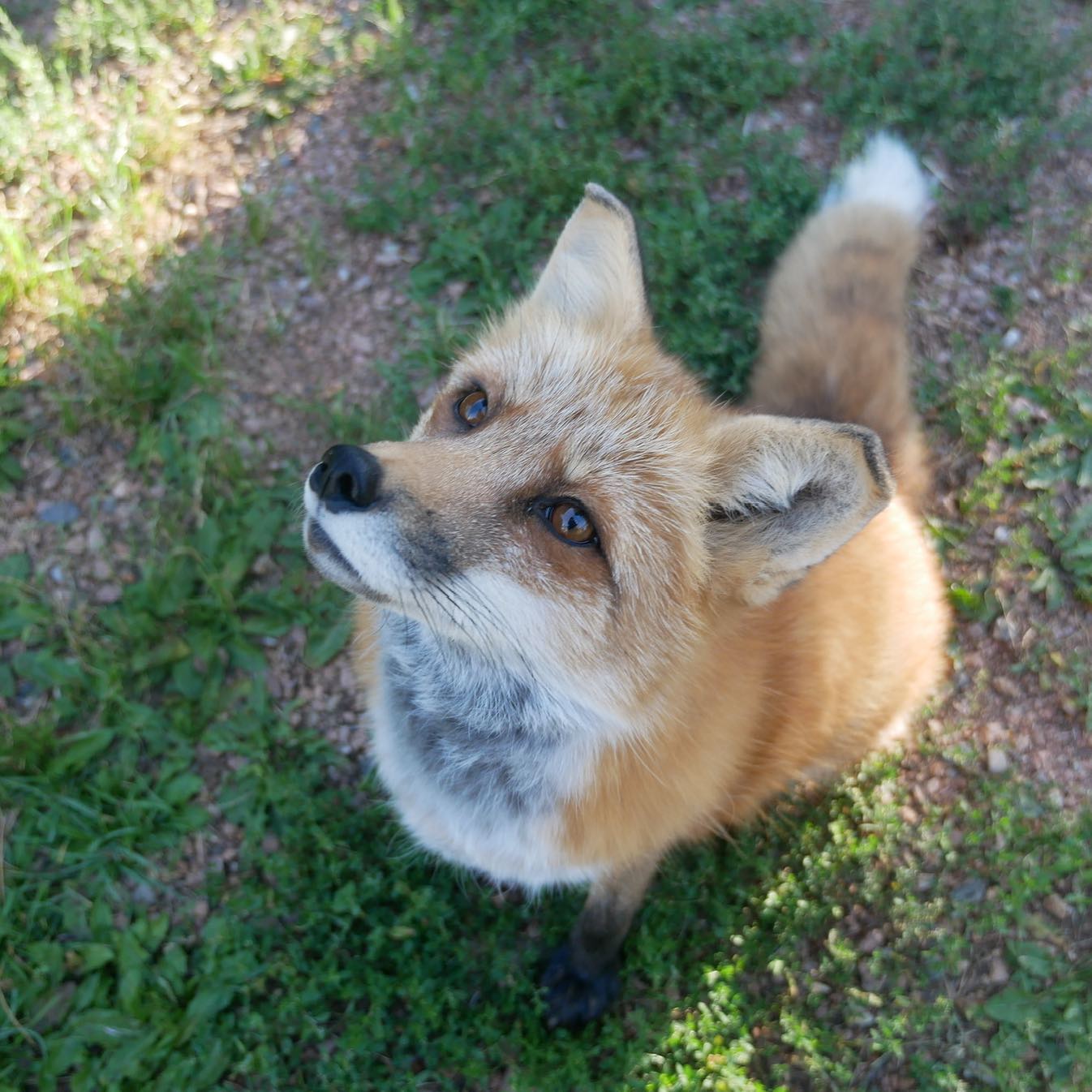Summary:
– Introduction to the recent discovery of a dog-fox hybrid in Brazil
– Explanation of the Pampas fox and its relation to other fox species
– Discussing the unusual nature of the hybridization event
– How the unique hybrid passed away, leaving unanswered questions
– A glimpse into the fascinating world of foxes and their diverse adaptations
Have you seen the recent news of the dog-fox hybrid discovered in Brazil? It’s an intriguing story highlighting the fascinating aspects of wildlife and the natural world. This unique animal was a mix between a domestic dog and a Pampas fox, a species that is not a true fox like our Red foxes. The Pampas fox is more closely related to wolves, coyotes, and jackals than other foxes. The fact that these two species could hybridize is extremely unusual, leaving many unanswered questions.
Unfortunately, the hybrid passed away recently, adding to this remarkable discovery’s mystery. The cause of its death remains uncertain, but it is a reminder of nature’s inherent fragility and vulnerability. Our understanding of the intricate web of life is still far from complete, and every discovery brings us closer to unraveling its secrets.
To truly appreciate the significance of this event, it’s important to delve into the world of foxes and their diverse adaptations. Foxes are captivating animals known for their intelligence, agility, and adaptability. They have managed to thrive in a wide range of habitats across the globe, from the arctic tundra to the deserts of Africa. They are highly successful predators, with a keen sense of hearing and an ability to locate prey even beneath layers of snow or soil.
The Red fox, commonly found in North America and Europe, is perhaps the most well-known species. With its striking red fur and bushy tail, it has become an iconic symbol of the wild. However, there are many other fox species, each possessing its unique attributes and adaptations. The Pampas fox, for instance, inhabits the grasslands of South America and is well-adapted to this particular environment.
What sets the Pampas fox apart from its relatives is its close relationship to other canids, such as wolves, coyotes, and jackals. These animals belong to the same taxonomic group, the Canidae family. While the Pampas fox may resemble a true fox in appearance, its genetic makeup reveals its true lineage. This genetic closeness allowed for the hybridization event with a domestic dog, resulting in the discovery that captured the world’s attention.
Hybridization events between different species are rare in the animal kingdom, and when they do occur, they often challenge our understanding of evolution and biology. It raises questions about the boundaries between species and how they can sometimes be blurred. This dog-fox hybrid offers a unique opportunity for scientists to study the genetic compatibility between closely related species and explore the potential consequences of such crossbreeding.
The passing of the hybrid before any extensive research could be conducted is a tragic loss. It robs us of the chance to gain deeper insights into the implications of this unexpected phenomenon. However, the discovery reminds us of nature’s endless wonders and the untapped mysteries that await us.
As zoologists, zookeepers, and nature enthusiasts, we find ourselves constantly amazed by the diversity and complexity of the natural world. The dog-fox hybrid in Brazil serves as a stark reminder that there is still so much more to learn and discover. We hope to protect and conserve these incredible species and their habitats through dedicated research and conservation efforts for generations to come.
While this particular hybrid may have left us with countless questions, it has also opened up new avenues of exploration. It highlights the need for continued research and conservation efforts to ensure that we can fully understand and safeguard the remarkable animals that share our planet.
So, the next time you stumble upon news of an unusual wildlife discovery, remember the dog-fox hybrid and the fascinating world it represents. It serves as a reminder that nature is full of surprises and that we have the privilege and responsibility to continue unraveling its mysteries. Let’s celebrate the unique and the unexpected and strive to protect the vibrant tapestry of life surrounding us.
*****
Source Description
Have you seen the recent news of the dog-fox hybrid discovered in Brazil? The animal was a mix between a domestic dog and a Pampas fox. The Pampas fox is not a true fox (unlike our Red foxes). The Pampas fox is more closely related to wolves, coyotes, and jackals than other foxes. Even though they are closely related, the fact that they could hybridize at all is still extremely unusual. Unfortunately, the unique hybrid passed away recently, leaving a lot of questions behind. (The picture is Rhett, one of our Red Foxes.)

